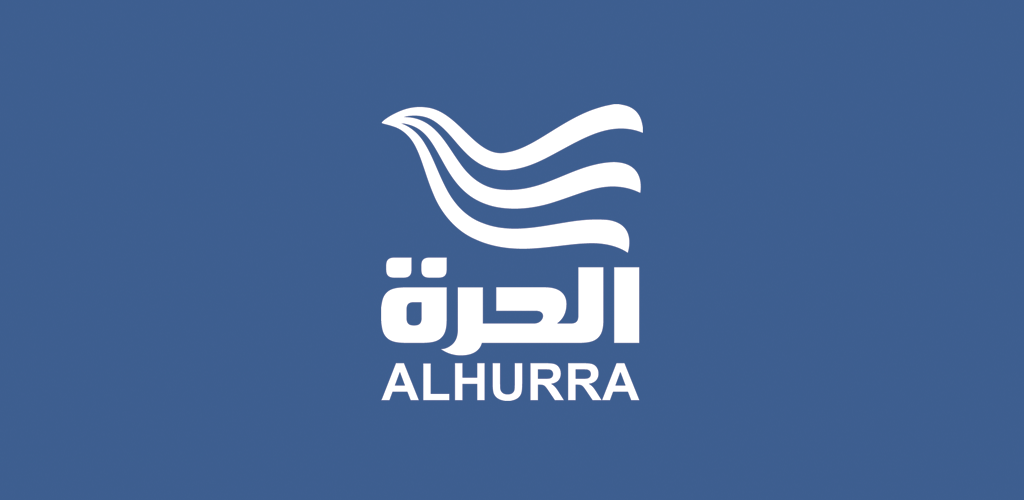Al Forat TV Channel Frequencies on All Satellites and Receiver Setup Guide

Al Forat TV, a leading Iraqi satellite channel, has been a trusted source of news and entertainment since its launch in 2004.
Based in Baghdad and affiliated with Ammar al-Hakim’s National Wisdom Movement, the channel delivers a diverse mix of local and international news, political talk shows, cultural programs, and social discussions.
Broadcasting in Arabic 24/7, Al Forat TV is free-to-air, making it accessible to a wide audience across the Middle East and North Africa (MENA).
Known for its commitment to neutrality and high-quality content, it resonates with viewers in Iraq and beyond.
This guide provides the latest frequencies for Al Forat TV on key satellites as of June 2025, step-by-step instructions for receiver setup, tuning tips, and highlights of its programming.
Why Watch Al Forat TV?
Al Forat TV stands out for its comprehensive coverage of Iraqi and Arab affairs, offering unbiased reporting and engaging programs.
From breaking news to in-depth political debates, the channel addresses issues like politics, economics, sports, and social challenges, reflecting the pulse of Iraqi society.
Its flagship shows, such as Al-Masaiya and Al-Kalima Al-Akhira, feature prominent hosts like Ali Jaber and Ahmad Saad Al-Din, attracting a broad viewership.
As a free-to-air channel, Al Forat TV is easily accessible, with live streaming available on its official website (www.alforatnews.iq) and active engagement on social media platforms like Facebook, YouTube, and Telegram.
Al Forat TV Frequencies on Satellites
To tune into Al Forat TV, you need the correct frequency, polarization, symbol rate, and FEC (Forward Error Correction) settings for your satellite receiver.
Below are the verified frequencies for Al Forat TV on relevant satellites as of June 2025, based on sources like www.alforatnews.iq, www.lyngsat.com, and www.taaqup.com.
As a free-to-air channel, no subscription or decryption is required. Always confirm frequencies with these platforms, as transponder settings may change.
Nilesat 201/Eutelsat 7 West A (7.0° West)
-
Channel: Al Forat TV HD
-
Frequency: 11137 MHz
-
Polarization: Vertical (V)
-
Symbol Rate: 27500 kS/s
-
FEC: 5/6
-
Coverage: Middle East and North Africa
-
Details: Offers HD quality with strong reception in Iraq, Egypt, and Saudi Arabia. Compatible with DVB-S receivers.
-
Alternate Frequency:
-
Frequency: 11747 MHz
-
Polarization: Vertical (V)
-
Symbol Rate: 27500 kS/s
-
FEC: 5/6
-
Details: Provides SD/HD broadcasting, ideal for viewers in Jordan and Morocco.
-
Additional Notes
-
Limited Satellite Presence: Al Forat TV primarily broadcasts on Nilesat and is not currently available on other major satellites like Arabsat Badr (26.0° East), Yahsat (52.5° East), Hotbird (13.0° East), or Intelsat 20 (68.5° East). Some sources mention potential Arabsat coverage, but no confirmed frequencies exist as of June 2025.
-
Frequency Verification: Older frequencies, such as 11554 MHz (Horizontal) or 11746 MHz (Vertical) on Nilesat, are outdated or inconsistent across sources. Stick to 11137 MHz or 11747 MHz for reliable access.
-
Global Access: Outside MENA, such as in Europe or Asia, Nilesat’s signal may be weak due to its regional footprint. Viewers can use Al Forat’s live stream at www.alforatnews.iq or check local providers for retransmission.
-
Free-to-Air Status: Al Forat TV is unencrypted, ensuring easy access without a smartcard or subscription within Nilesat’s coverage area.
Reception Tips for Al Forat TV
To enjoy Al Forat TV with clear audio and visuals, follow these practical tips for optimal satellite reception:
-
Dish Size: Use a 60-80 cm dish for Nilesat in core MENA regions (e.g., Iraq, UAE). In fringe areas (e.g., northern Europe, West Africa), a 90-120 cm dish enhances signal strength.
-
Dish Alignment: Align your dish to Nilesat at 7.0° West using a satellite finder or app (e.g., DishPointer, SatFinder). Ensure no obstructions block the signal path.
-
LNB Selection: Install a Universal Ku-band LNB with local oscillator frequencies of 9.75 GHz (low band) and 10.6 GHz (high band). A high-quality LNB ensures stable reception.
-
Signal Quality: Aim for 70% or higher signal quality (ideally 98%) on your receiver’s signal meter to avoid pixelation. Adjust LNB skew (e.g., 6 o’clock position) for best results.
-
Weather Protection: Ku-band signals may weaken during heavy rain. Secure your dish and check LNB caps for water damage to maintain signal integrity.
-
Coverage Check: Verify your location is within Nilesat’s MENA beam using coverage maps on www.dishpointer.com or www.satbeams.com. Weak signals in areas like South Sudan may require a larger dish.
How to Add Al Forat TV to Your Receiver
Follow these simple steps to manually add Al Forat TV to your satellite receiver. These instructions are compatible with most models (e.g., Strong, Humax, Technisat), though menu names may vary slightly.
-
Enter the Setup Menu:
-
Press “Menu” or “Settings” on your receiver’s remote control.
-
Navigate to “Installation,” “Channel Search,” or “Antenna Setup.”
-
-
Select Manual Search:
-
Choose “Manual Scan,” “Manual Installation,” or “Add Transponder.”
-
Select “Add TP” or “Edit Transponder” if prompted.
-
-
Choose the Satellite:
-
Select Nilesat 201/Eutelsat 7 West A (7.0° West) from the satellite list.
-
If not listed, manually enter the orbital position (7.0° W).
-
-
Input Transponder Details:
-
Enter one of the following settings for Al Forat TV:
-
Frequency 11137 MHz:
-
Frequency: 11137 MHz
-
Polarization: Vertical (V)
-
Symbol Rate: 27500 kS/s
-
FEC: 5/6
-
-
Frequency 11747 MHz:
-
Frequency: 11747 MHz
-
Polarization: Vertical (V)
-
Symbol Rate: 27500 kS/s
-
FEC: 5/6
-
-
-
Ensure all values are accurate to avoid errors.
-
-
Start the Scan:
-
Press “Scan,” “Search,” or “OK” to initiate the transponder scan.
-
Select “FTA Only” or “All Channels” to include free-to-air channels.
-
Wait 1-3 minutes for the scan to complete.
-
-
Save the Channels:
-
Save the scanned channels by pressing “Save” or “OK.”
-
Al Forat TV will appear in your channel list under “All Channels” or “News.”
-
-
Adjust the Dish if Necessary:
-
If the channel is missing or the signal is weak, fine-tune the dish’s azimuth and elevation while monitoring the signal meter.
-
Check LNB skew and cable connections for 70-98% signal strength.
-
-
Test the Channel:
-
Locate Al Forat TV in your channel list (listed as “Al Forat”) and select it to confirm clear broadcasting.
-
If issues persist, recheck settings or contact a professional installer.
-
Receiver-Specific Tips:
-
For Strong receivers (e.g., SRT 4920), enable “LNB Power” in the “Transponder” menu.
-
For Humax or Technisat, set LNB type to “Universal” (9750/10600 MHz).
-
Use default PINs (e.g., 0000, 1234) if prompted, or consult your receiver’s manual.
Al Forat TV Programming Highlights
Al Forat TV offers a dynamic lineup of news, talk shows, and cultural programs, catering to diverse viewer interests. Below are key highlights:
Top Programs
-
Al-Masaiya: Hosted by Ali Jaber, this political talk show dives into Iraq’s pressing issues with expert guests.
-
Al-Kalima Al-Akhira: Ahmad Saad Al-Din leads candid discussions on social and political topics.
-
Al-Asuaq: Ahmad Fawzi presents economic insights, covering markets and financial trends.
-
News Bulletins: Hourly updates on local and global events, delivered with accuracy and neutrality.
-
Cultural Shows: Programs exploring Iraqi heritage, arts, and social issues, appealing to a wide audience.
Content Categories
-
News: Comprehensive coverage of Iraqi, Arab, and international developments.
-
Political Talk Shows: In-depth debates on governance, policy, and regional affairs.
-
Economic Programs: Analysis of markets, trade, and economic challenges.
-
Social and Cultural: Content addressing family issues, education, and Iraqi traditions.
-
Sports: Updates on local and global sports events, including football leagues.
The channel’s schedule prioritizes prime-time (7 PM to 11 PM) for major talk shows, with news updates throughout the day and reruns for flexible viewing.








